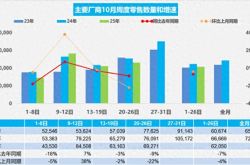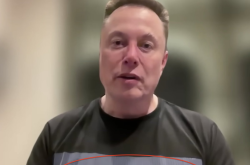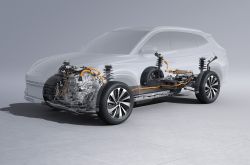GAC Toyota Ignites Passion, While Dongfeng Honda Struggles to Keep Up
![]() 03/13 2025
03/13 2025
![]() 494
494
When new cars are launched in clusters, competition on the same stage is inevitable. However, it's surprising that GAC Toyota and Dongfeng Honda, both releasing Japanese-brand all-electric SUVs, had two launches and two new cars on the same day, yet received drastically different receptions, akin to fire and ice.
GAC Toyota's Bozhi 3X is on fire. As a Japanese-brand smart electric car priced at 100,000 yuan and a high-end LiDAR intelligent driving car priced at 140,000 yuan, it garnered over 10,000 orders within an hour of its launch. Joint venture automakers haven't witnessed such popularity in a long time.
In contrast, Dongfeng Honda's S7, equipped with Honda's top electric intelligent technology and positioned as a high-end pure electric SUV with a starting price of 259,900 yuan, includes an optional package with a Type-C interface but lacks a high-level intelligent driving system. As the "Ye" brand suggests, Dongfeng Honda seems to be flirting with danger.
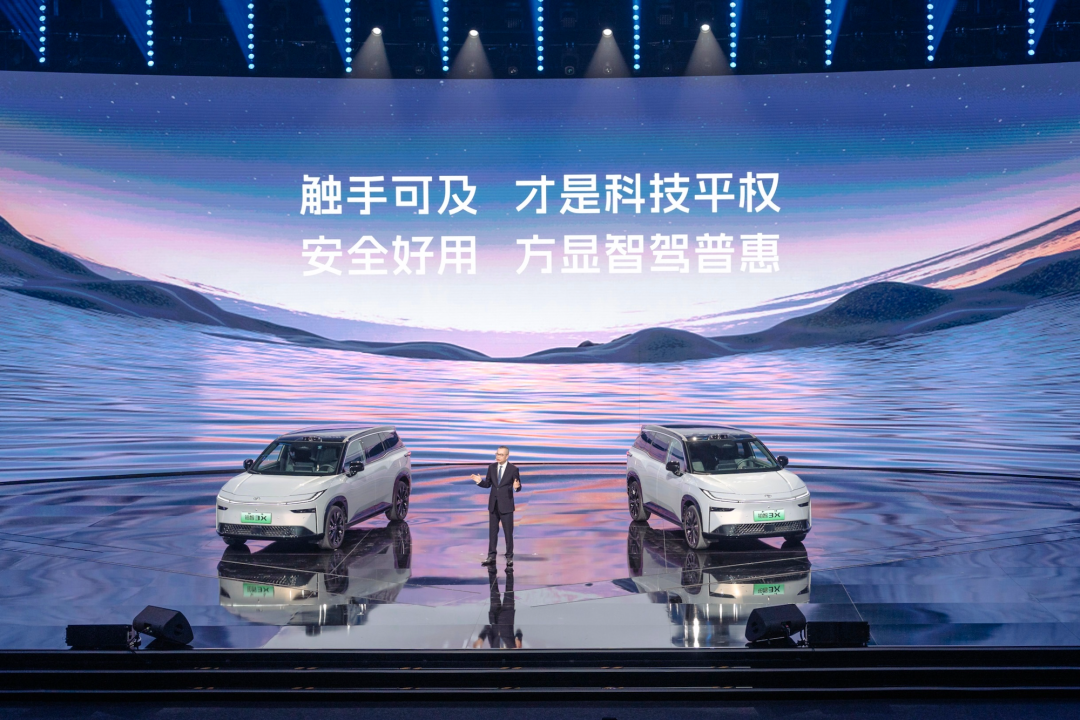
Had they not been launched on the same day, the distinct understandings of the Chinese market demonstrated by Bozhi 3X and Ye S7 might not have been so apparent. However, GAC Toyota and Dongfeng Honda simultaneously presented different answers to the new demands of the Chinese market from joint venture automakers.
Utilizing Toyota's technology and integrating China's electric intelligent ecosystem, GAC Toyota created a mainstream electric smart car tailored for the Chinese market. Bozhi 3X has emerged as a symbol of the electric and intelligent transformation of joint venture automakers. GAC Toyota has not only created a phenomenal model but also presented a new car launch event unprecedented in the joint venture realm.
Hu Lan and Xu Zhisheng used stand-up comedy to vent about the long-standing neglect of the Chinese market by joint venture automakers, highlighting the advantages of GAC Toyota and Bozhi 3X in an engaging manner. But that's not all.
Four senior leaders from both the Chinese and Japanese sides of GAC Toyota jointly appeared on stage. From the Chinese greeting by the Japanese general manager to the bilingual cross-talk performance by the two deputy general managers, we witnessed a joint venture automaker with an independent personality and an intriguing soul, rather than a forced union based on a so-called 50:50 equal share between foreign and Chinese parties.
Just as Bozhi 3X showcases high-level product prowess, GAC Toyota's technology and quality remain on par with the world's number one Toyota. Yet, it has now become more entertaining, engaging, and dynamic.
The current GAC Toyota reminds people of Dongfeng Nissan, which once held sway in the Chinese market. The entire company was united in crafting vehicles that genuinely met the needs of Chinese users.
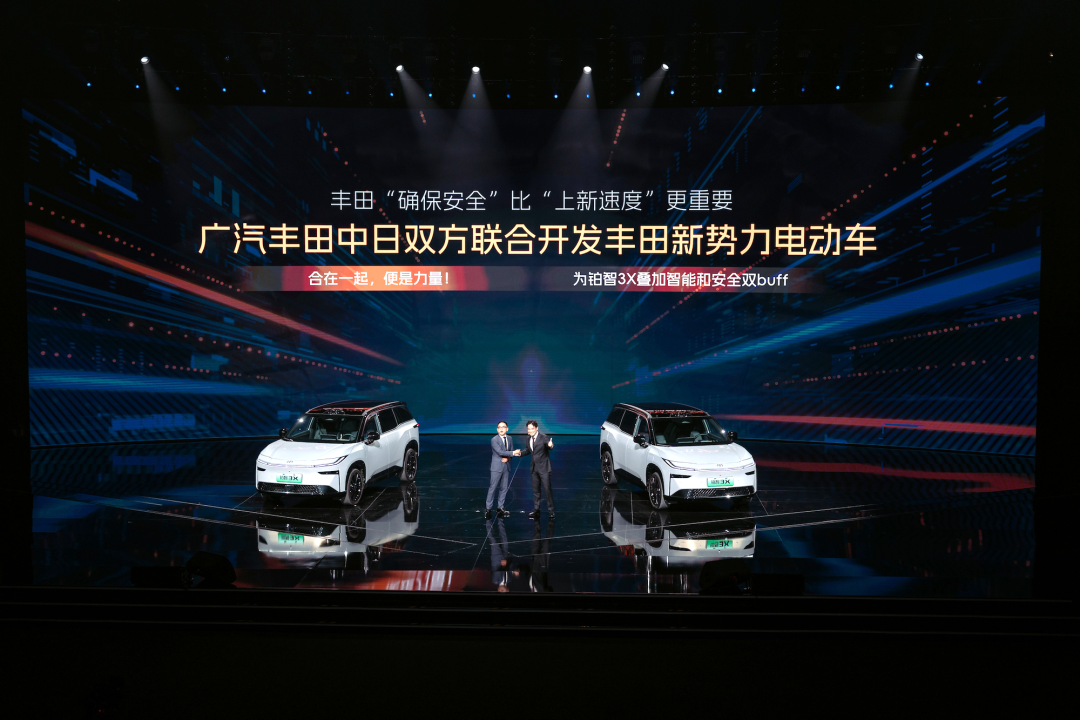
What Dongfeng Honda did that same night wasn't inherently problematic; it was a launch event packed with valuable information on electric intelligent technology and new models. However, in the current Chinese automobile market, the brands and technologies of multinational automakers no longer enjoy absolute advantages. What they need more is integration.
We're unsure who planned the launch event for Dongfeng Honda S7, but by complaining about the inevitable issues in the development of China's new energy vehicles and starting with a CR-V fuel vehicle that has long lost its mythical status, Dongfeng Honda veered off course from the outset.
Throughout the launch event, the core content of the S7 launch centered around Dongfeng Honda executives merely reading about the "far ahead" technology from a PPT. Perhaps it is indeed top-tier technology from Honda and even the entire industry, but the rise of autonomous brands has already made the vehicles on the Chinese market less differentiated. Perhaps only Dongfeng Honda believes that its top-tier technology can truly outperform autonomous brands that have been leading for several years.
We seem to witness the embarrassment of Dongfeng Nissan's three-cylinder engine Qijun from years past. Automakers believe that the substantial R&D expenses they've incurred can reverse the long-standing failure of major automakers in the three-cylinder engine market.
In the eyes of Honda and Dongfeng Honda, what is the current position of the Honda brand in the Chinese automobile market? Is it at a critical juncture that urgently needs to be realigned? We don't know, but Dongfeng Honda's insistence on its name "Dongfeng Honda" implies that its future path won't be smooth.
From the muted launch of Lingxi L to the renaming of Ye S7 to Dongfeng Honda S7, and then to this uninspiring launch event, it seems that Dongfeng Honda is flirting with danger, and the consequences may be more severe than anticipated.
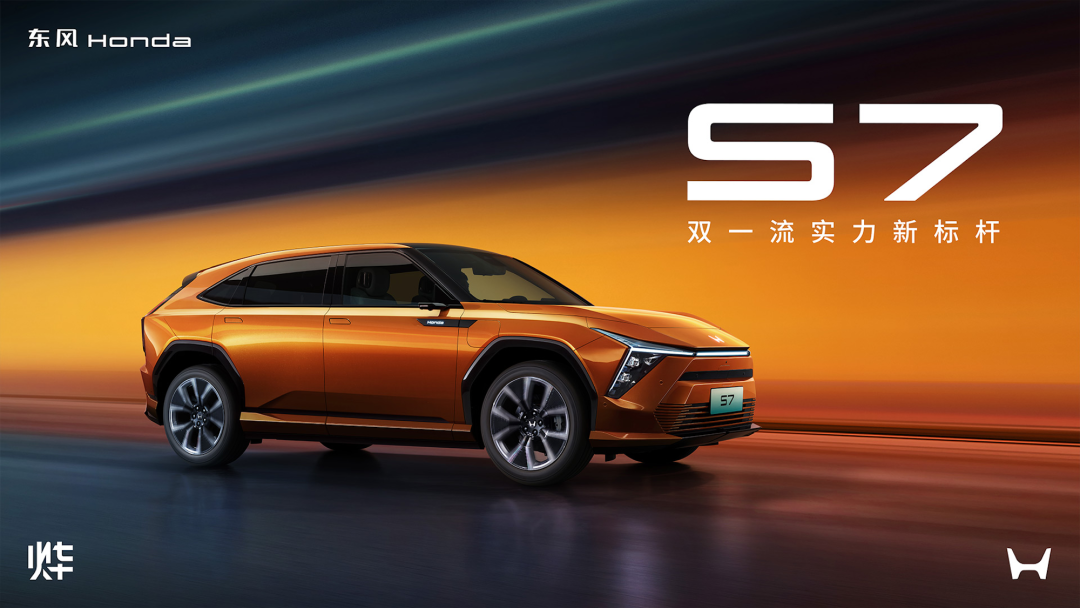
Of course, Bozhi 3X and Dongfeng Honda S7 are different models catering to two segmented markets. Both must contend with the first-mover advantage of autonomous brands and the challenge of stereotypes among Chinese users. This is also an issue that joint venture automakers currently need to collectively address.
The information disseminated by GAC Toyota and Dongfeng Honda's two pure electric SUVs and their respective launch events holds significant reference value or lessons for upcoming joint venture new energy vehicles, such as FAW Toyota bZ3C, GAC Honda P7, and Dongfeng Nissan N7.
For joint venture automakers, a car can only be so much. There are many aspects that are reluctantly accepted. However, a car shouldn't just be a car. From the content, format, and timing of the launch event to the configuration and pricing of the model, there's still ample room for change and innovation.
Fixed prices and factory direct prices have already brought tremendous changes even to the joint venture fuel vehicle market. Joint venture new energy vehicles should not repeat the same mistakes.
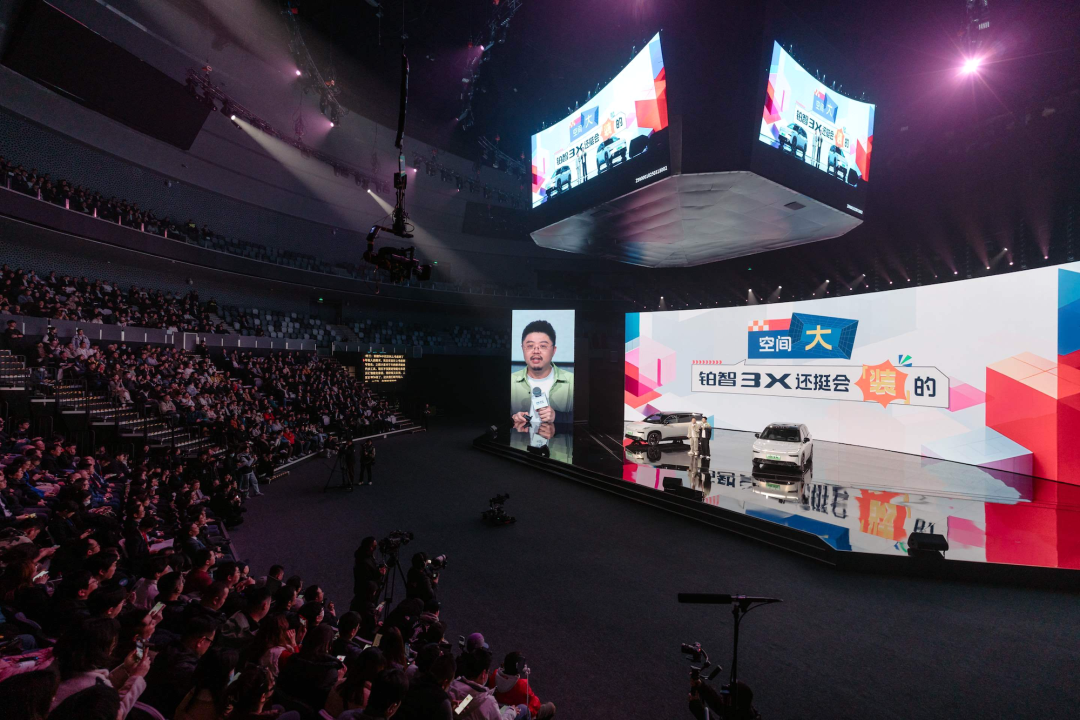
Chinese users have access to the most abundant and advanced electric smart car products in the world. As joint venture automakers fully exert their efforts, instead of rigidly insisting on being far ahead and having to compete with autonomous brands, it would be better for them to integrate into China's smart car ecosystem, not aiming to be the sole first but still being tied for first.
We believe that joint venture automakers have achieved higher product quality through longer research, testing, and manufacturing times, such as stability, durability, and safety. While autonomous brands have shortcomings, they are no longer far behind. Leaders of joint venture automakers should refrain from challenging the collective cognition of Chinese car users anymore.
Quality is the foundation of a car, but this cannot be clearly articulated through just one launch event. Only when users experience it can they form a personal understanding. Given this, more entertaining car features, higher value-for-money configurations, more engaging launch events, and more detailed and comprehensive services are the keys to success in the fiercely competitive Chinese market.
Although Toyota lags behind other multinational automakers in the new energy market, it adheres to a truism - only popularization has meaning. For new products with cutting-edge technologies, only when users experience them does it make sense.
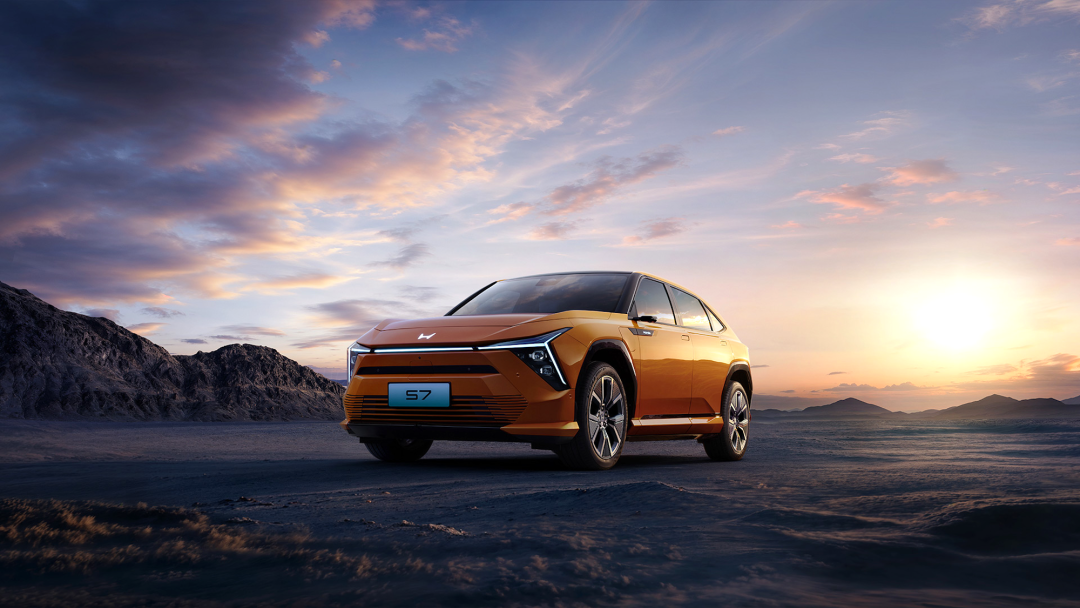
For joint venture automakers, past glorious achievements don't need to be flaunted but should become underlying capabilities. Recognizing the unstoppable rise of autonomous brands and their leading advantages and determination in electric smart cars may be the better way to start anew.
Chinese new energy vehicles love to flirt with danger the most, but they also fear it the most! Since Dongfeng Honda S7 has downplayed the existence of "Ye", it's time to steer clear of danger. After all, GAC Toyota, which avoids flirting with danger, has already sold out Bozhi 3X.
We look forward to seeing more interesting offerings from GAC Toyota and the ever-popular Bozhi 3X in 2025. Joint venture new energy still holds great potential, but success won't come easily. It requires the awareness of facing numerous difficulties and dangers, coupled with the on-the-spot speed of Xiaomi SU7 Ultra, which accelerates from 0 to 100 km/h in just 1.98 seconds.



